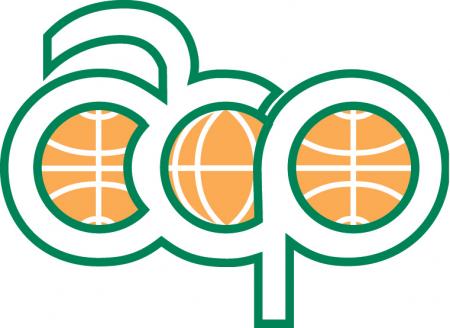Quality of marine protected areas is critical to achieving global biodiversity targets
Summarising CBD target 3 to “30 × 30” emphasizes area coverage, but conservation success depends on MPA quality. Many existing MPAs are under-protected, and rapidly designating new areas risks creating ‘paper parks’ without ecological or social benefits. Prioritizing strictly or fully managed MPAs, supported by a clear and shared definition, is essential to achieve meaningful biodiversity outcomes. Quality-focused strategies ensure that global targets benefit both nature and people, rather than merely meeting numerical goals.
Identifying global marine climate refugia through a conservative approach to ocean biodiversity preservation
Global changes threaten marine species, making marine climate refugia essential for biodiversity conservation and climate change mitigation. Our analysis maps sensitive and stability zones across the global ocean. We define marine climate refugia as climate-resilient zones with global conservation consensus under the worst-case emissions scenario for 2100. Marine climate refugia span 17.6 million square kilometres, with 96% within exclusive economic zones.
Scaling Up Conservation in a Connected World
Our planet is facing an unprecedented and accelerating biodiversity crisis, driven by human activity and compounded by climate change, which is bringing ever more severe weather to a world already strained by poverty and inequality. Species are disappearing at accelerating rates, entire ecosystems are collapsing at alarming speeds, and millions of people struggle to secure the most basic needs of water, food, energy, and safety.
For sharks on the brink of extinction, CITES Appendix II isn’t protective enough (commentary)
Sharks are some of the most threatened animals on Earth, with approximately one-third of all species assessed as threatened with extinction on the IUCN Red List. These animals are not only older than dinosaurs, but older than trees, and yet they face a very real risk of extinction within our lifetimes. Their number one threat is unsustainable overfishing, driven by demand fed through complex international trade networks.
Protect and restore: integrating marine management to secure the future of coastal ecosystems
We must integrate effective protection with scalable restoration to ensure resilient coastal ecosystems. We identify five challenges, including unequal ecosystem coverage, spatial protections that are weak or centered offshore, compartmentalized restoration efforts, and policies that are not fit for purpose, and propose actionable solutions for scaling effective marine conservation. Emphasizing underserved habitats like kelp forests and seagrasses, we call for integrated, equitable, and community-supported strategies that align with global agendas and promote future coastal ecosystems.
Restoration by HER: Gender-responsive approaches to ecosystem restoration across global landscapes
Ecosystem restoration is recognised as a key strategy for confronting the dual crises of climate change and biodiversity loss. The United Nations Decade on Ecosystem Restoration (2021-2030)1 sets an ambitious agenda to restore degraded ecosystems worldwide (FAO et al., 2021). However, while the ecological dimensions of restoration are widely documented, the socio-cultural aspects – especially gender – remain critically neglected. This exclusion undermines the effectiveness and equity of restoration efforts and contributes to entrenched inequalities (Oxfam, 2021).
Vulnerability of marine megafauna to global at-sea anthropogenic threats
Marine megafauna species are affected by a wide range of anthropogenic threats. To evaluate the risk of such threats, species’ vulnerability to each threat must first be determined. We build on the existing threats classification scheme and ranking system of the International Union for Conservation of Nature (IUCN) Red List of Threatened Species by assessing the vulnerability of 256 marine megafauna species to 23 at-sea threats.
Global Forest Resources Assessment 2025
FAO completed its first assessment of the world’s forest resources in 1948. Since then, the Global Forest Resources Assessment (FRA) has evolved into a comprehensive evaluation of forest resources and their condition, management and uses, covering all the thematic elements of sustainable forest management. This, the latest of these assessments, examines the status of, and trends in, forest resources over the period 1990–2025, drawing on the efforts of hundreds of experts worldwide.
A quantitative risk assessment framework for mortality due to macroplastic ingestion in seabirds, marine mammals, and sea turtles
lastic ingestion is a known cause of mortality across taxa, yet the quantitative risk plastic ingestion poses is still poorly understood. Based on data from more than 10,000 necropsies, we estimate the likelihood of mortality due to the gastrointestinal load of various plastic materials—hard, soft, rubber, and fishing debris—for seabirds, marine mammals, and sea turtles. We find that 6 to 405 pieces of ingested macroplastic (or a volume between 0.044 and 39.89 cm3/cm body length) lead to a 90% chance of mortality in these marine species.






